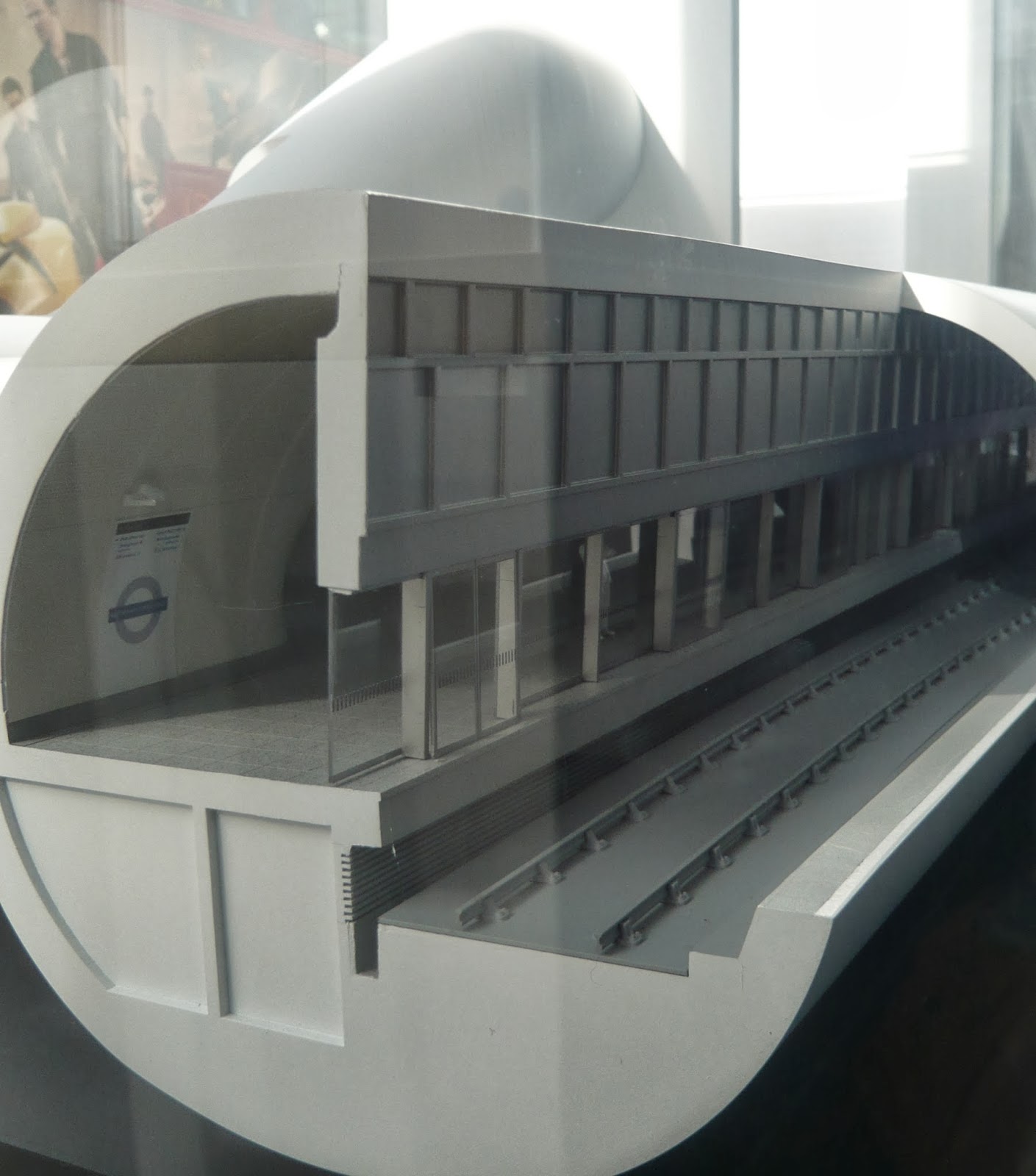The Cheapside Hoard, nearly 500 pieces of Elizabethan and early Stuart jewellery.
Expensive? yes. Elaborate? yes. Ostentatious? yes (particularly when you sew pieces on your clothes). Bling???
Jewellery from the 16th and 17th centuries made to be seen in. Worn as symbols of money, power and sometimes of who you knew.
If Queen Elizabeth 1 gave you a cameo with her portrait, surely you'd make sure you were seen wearing it.
To up the ante, you could also wear jewellery on your clothes. Rings and other jewellery were sewn onto sleeves, hats, bodices, girdles and ruffs. There are paintings to prove this, portraits of the rich and influential, including Queen Elizabeth 1 herself with bejeweled necklaces hanging from her ruff.
If Queen Elizabeth 1 gave you a cameo with her portrait, surely you'd make sure you were seen wearing it.
To up the ante, you could also wear jewellery on your clothes. Rings and other jewellery were sewn onto sleeves, hats, bodices, girdles and ruffs. There are paintings to prove this, portraits of the rich and influential, including Queen Elizabeth 1 herself with bejeweled necklaces hanging from her ruff.
If you weren't into bling, you may have worn jewellery for the believed properties and benefits that gemstones brought you.
My birthstone, amethyst, was believed to have a sobering effect on violent passions and drunkeness, plus the power to sharpen intelligence and business accumen. I'll go with the intelligence sharpening!
Most pertinent to Londoners in the 17th century, emeralds worn on the skin were believed to protect the wearer from the plague.
Whether it was the emeralds or the Great Fire of London, the bubonic plague of 1665-66 was the the last major plague epidemic in England. It was around this time that the Cheapside Hoard was believed to have been stashed under a cellar floor in Cheapside, the City of London, never to have been reclaimed.
300 years later it was found by builders in 1912, who did what most people with any 'business accumen' would do. They took it to 'Stony Jack' the pawnbroker in Wandsworth.
Today this priceless collection of Elizabethan and early Stuart jewellery is on show at the Museum of London, nearly 500 pieces of exquisite necklaces, earrings, brooches, hairpins, rings, buttons, time-pieces and scent bottles.
With such intricate details that you need a magnifying glass to see them properly (they are provided).
With such intricate details that you need a magnifying glass to see them properly (they are provided).
Outside the museum a 10 metre long model of a salamander brooch adorns the wall. This beautiful gold brooch, set with emeralds and diamonds in reality is only about 4 cm long.
Bling or not, there are more burning questions to be answered. Who buried it? Why was it hidden? Whose was it?
All these questions are up for debate.
See the Cheapside Hoard with its many unsolved mysteries at the Museum of London until 27th April 2014 to draw your own conclusions.















.JPG)
.JPG)































